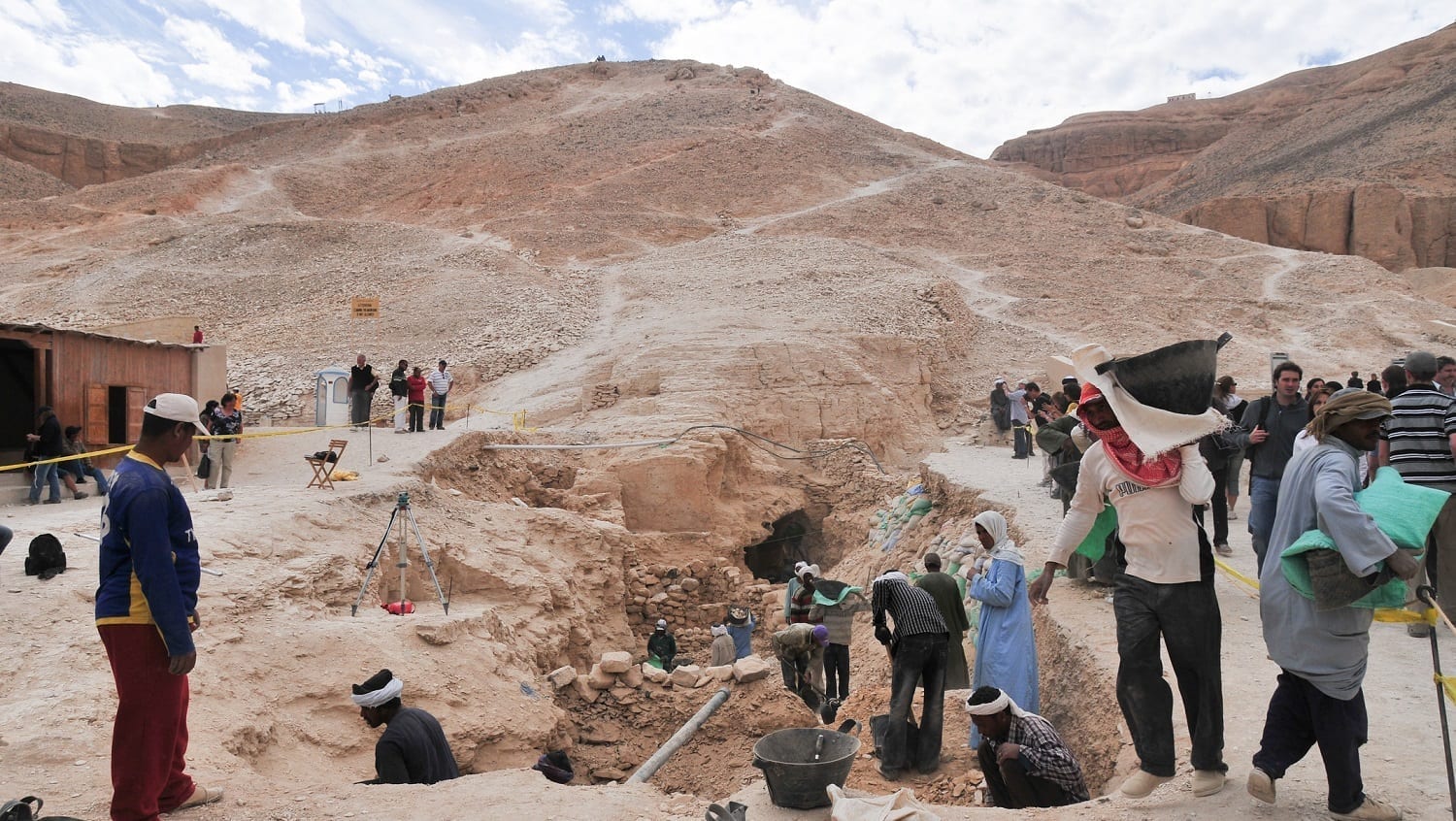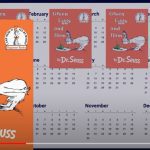[Originally published as World History After Noah – Part I]
The human survivors of the flood emerged to find dry ground after more than a year of living in the ark. There was no trace of the former pre-flood civilizations. All that remained of most plants and animals was now found as trillions of fossils embedded in layers of rocks and as some new plant growth from germinating seeds, spores, and adventitious growths.
Wild animals and birds on the ark were released to return to the natural environment and reproduce. Noah’s family tended to the domesticated plants and animals as they began farming again.
The human survivors began to repopulate the world as children were born into large families. Within a few generations, there were several thousand people on the earth.
Many of the technologies of the pre-flood era were lost, but the eight survivors had a partial knowledge of some of them. They, along with their descendants, were able to begin building cities, tools, and other technologies right away. Assembled together in a fertile plain of Shinar at the place now called the tower of Babel, the early community tried to stay together and restore some of the conveniences of the former era. Apparently, as this community worked together, they had much success in restoring some technologies and the scientific principles they were based upon.
One of the areas they had retained a vast amount of knowledge of seems to have been astronomy. Their scientific knowledge of astronomy was based on a practical mathematical system and precise information about the sun, moon, stars, constellations, and planets. An early project of the inhabitants of Babel was the construction of a tall tower, which may have been used to study heavenly bodies.
Ignoring God’s command for families to spread out and fill the earth, the people were determined to band together and try to restore some of the things that had been lost in the flood. However, God interrupted their plans by confusing their languages so that different language/family groups began to move out from Babel, ultimately establishing new nations.
As these family units separated and moved great distances apart, they carried some of what they knew from Babel with them. Some amazing artifacts and building projects from ancient civilizations have been discovered. The ones thought to be too advanced for that period of time are given the special name of ooparts, for “Out Of Place ARTifacts.” Some archeologists are so baffled by them that they have suggested that maybe aliens from outer space came to earth and left them behind.
There were a number of striking similarities among the earliest known centers of civilizations, including such things as buildings, art, metallurgy, timekeeping, irrigation, navigation, written language, science, mathematics, technologies, and religious practices. These early groups also developed their own specialties. Special skills and technologies were often carefully guarded secrets and were only shared with other groups when there was a definite advantage to doing so.
Once nations began to form, their scientific and technological discoveries became national treasures. Often, priests were given the job of preserving this knowledge and passing it on to another generation of priests. There was great power that came with being the keepers of secret knowledge.
There were also few checks and balances to their power, so their knowledge tended to become corrupted as it was passed from generation to generation. For example, over the years, scientific knowledge about astronomy morphed into astrology. A vast amount of knowledge about heavenly bodies became nothing more than an attempt to predict the future, regulate daily activities, and maintain power over others. Eventually, the sun, moon, and stars became objects of pagan worship.
Giant pyramids were one of the truly amazing commonalities of many centers of civilization. They all appeared to be important parts of religious practices. In places where rock quarries were available, the building rocks were accurately measured and cut. They were assembled to make a near-perfect pyramid. In other places, pyramids were made of mud bricks or even mounds of dirt. Many of the pyramids were so well built and designed that they have been able to survive thousands of years of weathering.
Farming, hunting, and navigating were also important parts of these early people groups. However, such practitioners lived outside of cities and left fewer artifacts to document their lifestyles. Whenever artifacts of a group are discovered that do not include metal tools or other devices, archeologists may assume that they belonged to primitive cavemen.
There are a number of questionable assumptions made about people who did not possess metal tools. They have been depicted by artistic scientists as hairy, shaggy creatures who wore animal skins, lived in caves, and carried wooden clubs. It is widely assumed that they gradually became civilized as they learned such things as how to use fire, make tools, speak a language, and make metal objects. It is also assumed that cavemen were the ancestors of all modern peoples.
However, another valid explanation is that some of the early hunters were hard-working groups who took advantage of caves during their hunting trips. Hunters and farmers who lived a few thousand years ago probably left few artifacts unless they used flint arrowheads or had metal devices that did not rust or corrode.
One of the criteria used by historians to mark off time periods is the kind of metals (or lack of metals) found in archeological remains. Stone, Bronze, and Iron Ages are said to be sequential in time. However, there is also a possibility that the use of these materials may have occurred simultaneously in different places.
While metal ores were soon mined, so iron, copper, tin, and other metals were available to the early flood survivors and their descendants, such materials were probably available primarily to military units or to the richer members of society.
Obtaining metal ores and working metals was not a simple process that would ordinarily be available to rural families. Smelting required hot-burning furnaces and different levels of specialized labor. It should be obvious that the absence of metal tools in one place does not mean they didn’t exist in other places. Poorer members of society may not have been able to afford metal tools and weapons and had to use what was available to make what they needed.







